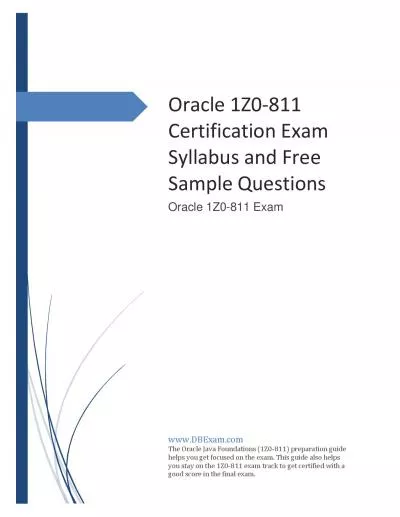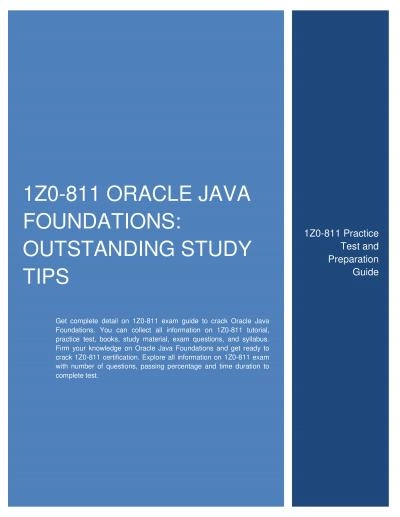PPT-Building Java Programs Chapter 11
Author : olivia-moreira | Published Date : 2018-11-10
Sets and Maps reading 112 113 Road Map CS Concepts ClientImplementer Efficiency Recursion Regular Expressions Grammars Sorting Backtracking Hashing Huffman Compression
Presentation Embed Code
Download Presentation
Download Presentation The PPT/PDF document "Building Java Programs Chapter 11" is the property of its rightful owner. Permission is granted to download and print the materials on this website for personal, non-commercial use only, and to display it on your personal computer provided you do not modify the materials and that you retain all copyright notices contained in the materials. By downloading content from our website, you accept the terms of this agreement.
Building Java Programs Chapter 11: Transcript
Download Rules Of Document
"Building Java Programs Chapter 11"The content belongs to its owner. You may download and print it for personal use, without modification, and keep all copyright notices. By downloading, you agree to these terms.
Related Documents

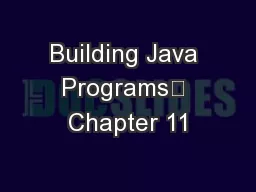
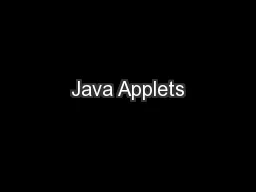
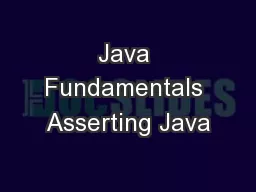

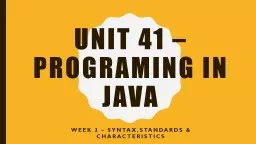


![[FREE]-Java Java For Beginners Guide To Learn Java And Java Programming (Java Programming](https://thumbs.docslides.com/970816/free-java-java-for-beginners-guide-to-learn-java-and-java-programming-java-programming-books.jpg)
![[eBOOK]-java programming book.effective java coding problems for beginners and dummies](https://thumbs.docslides.com/973026/ebook-java-programming-book-effective-java-coding-problems-for-beginners-and-dummies-8th-edition-2021-2022-java-book-programming-java-for-beginners-java-a-beginner-s-guide.jpg)
![[FREE]-Java: This book includes: Java Basics for Beginners + Java Front End Programming](https://thumbs.docslides.com/973042/free-java-this-book-includes-java-basics-for-beginners-java-front-end-programming-java-back-end-programming.jpg)
![[READING BOOK]-Java: Java For Beginners Guide To Learn Java And Java Programming (Java](https://thumbs.docslides.com/973988/reading-book-java-java-for-beginners-guide-to-learn-java-and-java-programming-java-programming-books.jpg)
